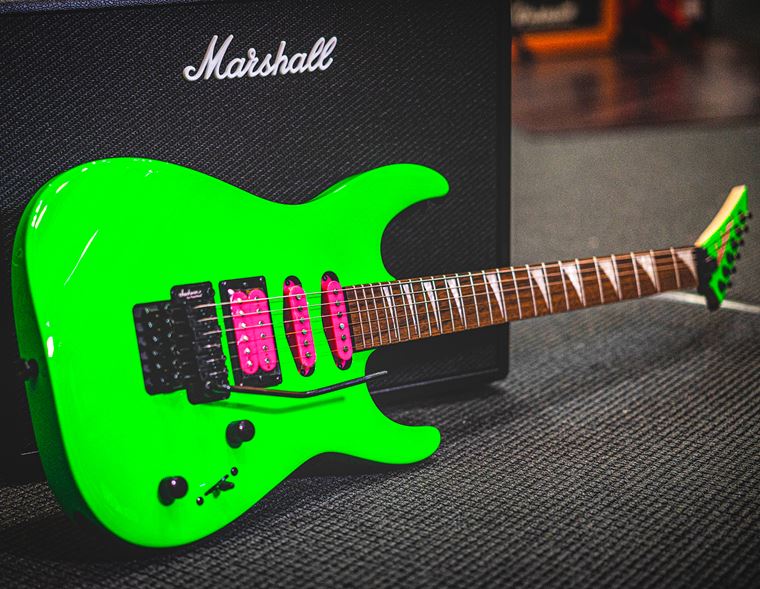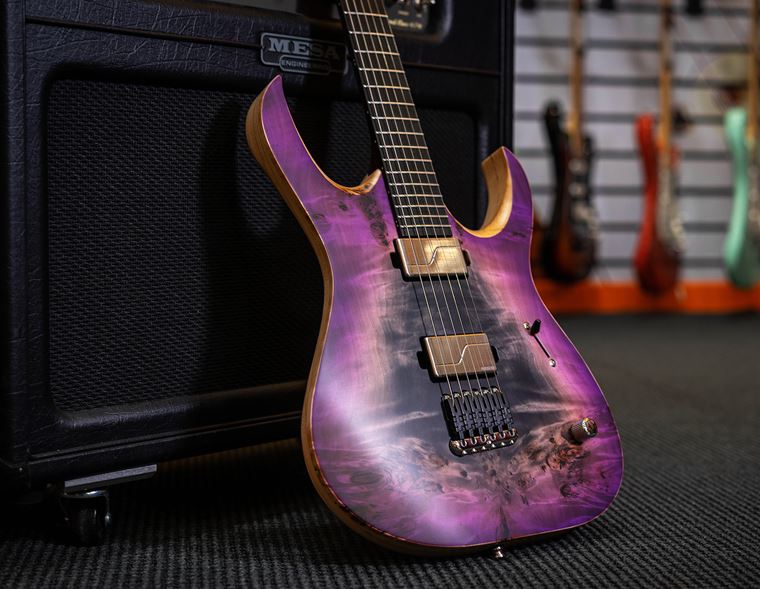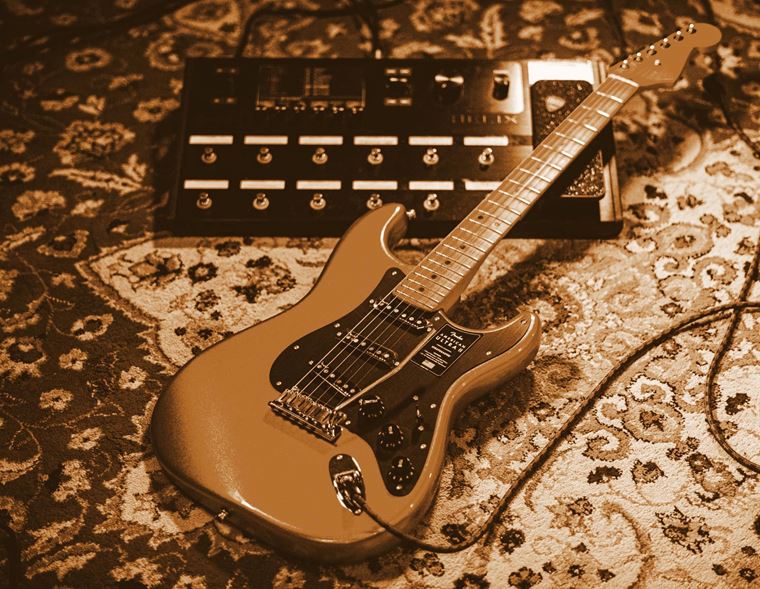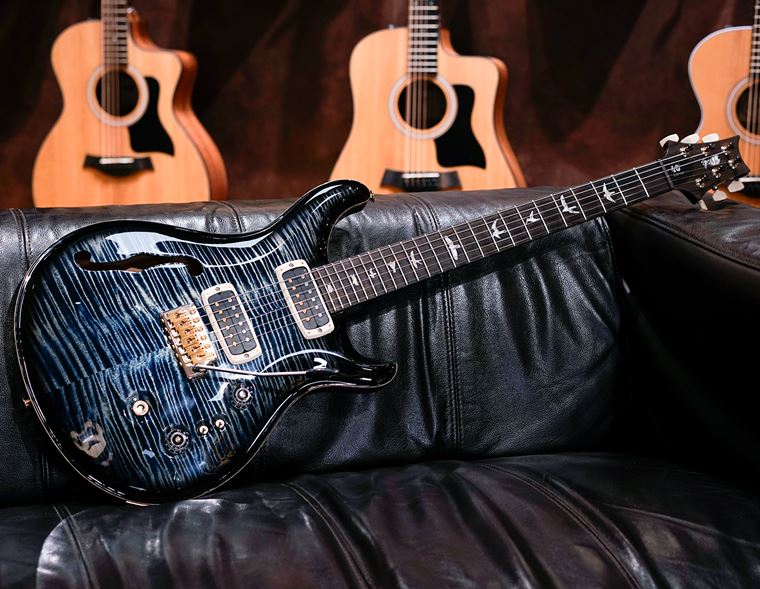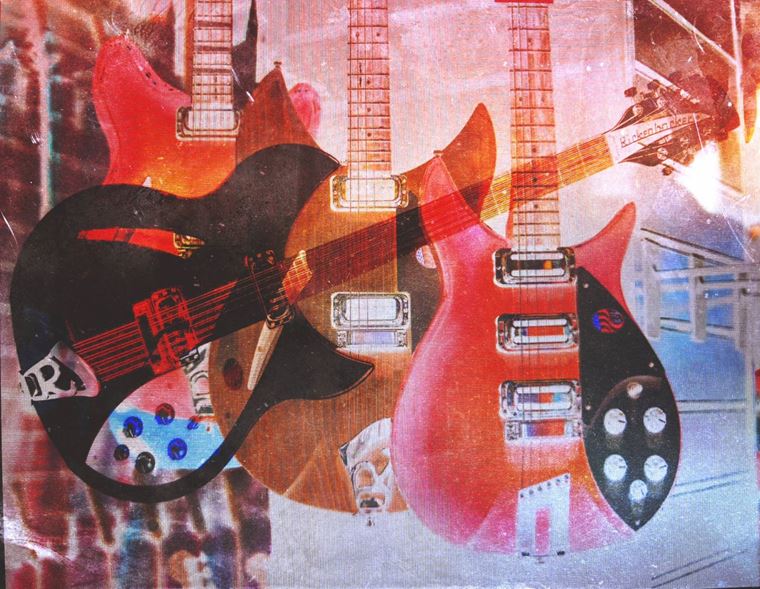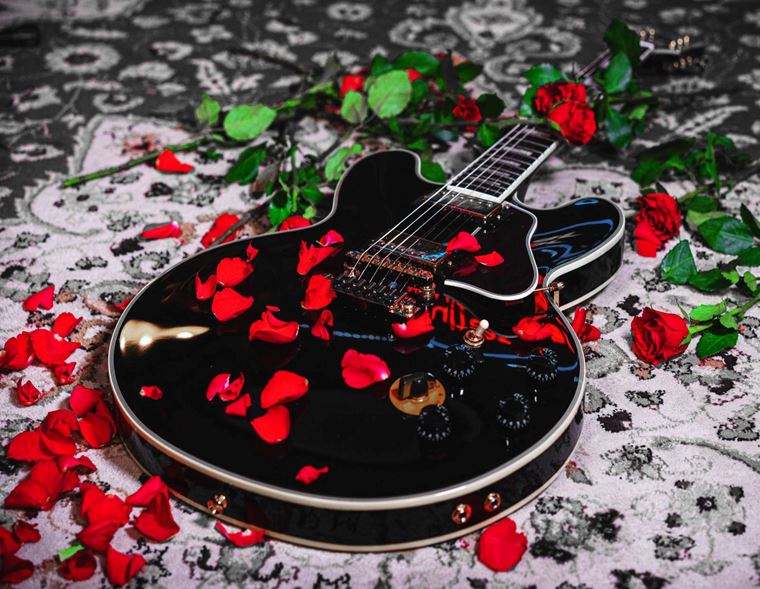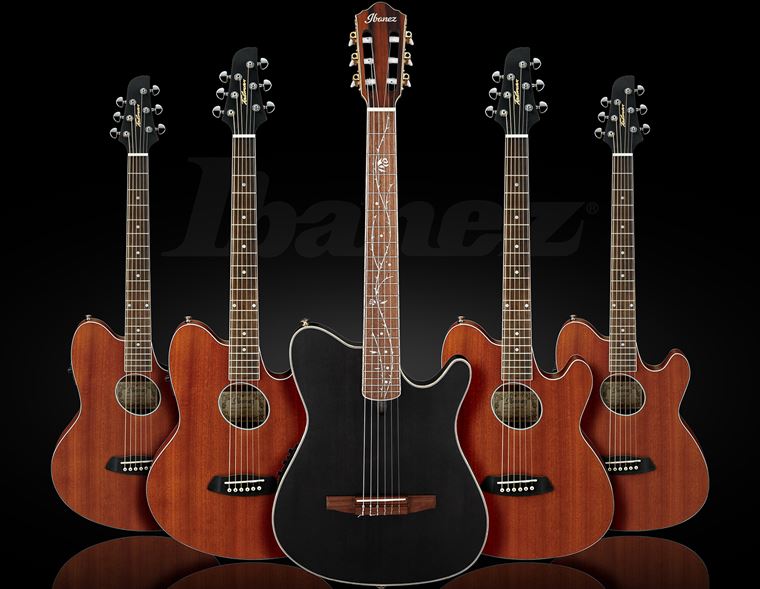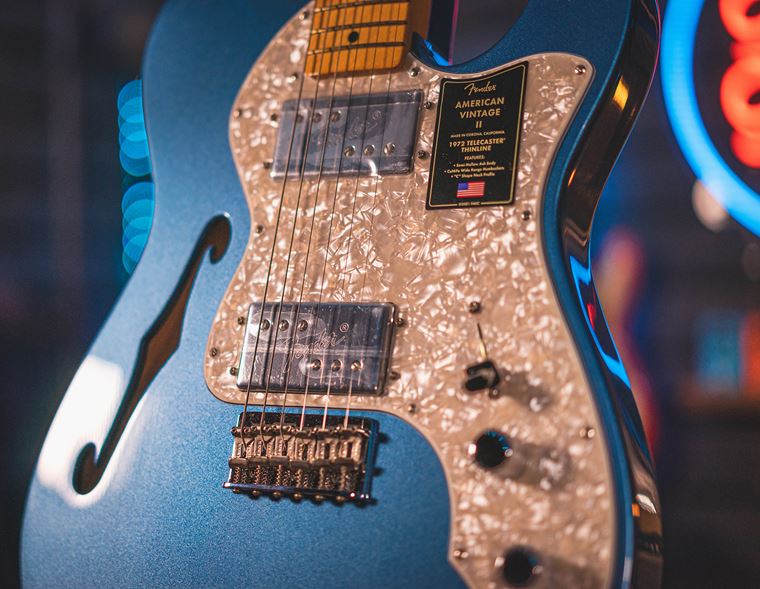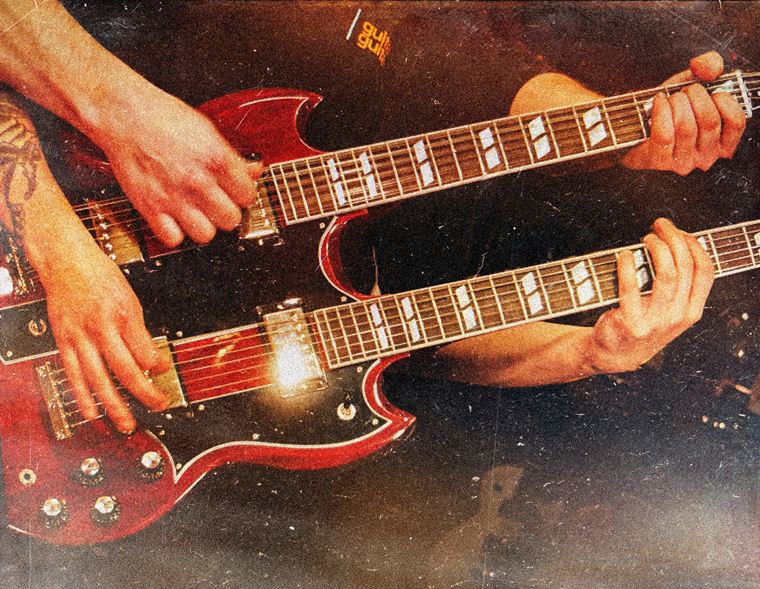Halloween Music: What You NEED to Listen to This Spooky Season!
Published on 19 October 2023
Unlock your coffins, sweep the autumn leaves from your tomb, and polish your fangs: Spooky Season is here!
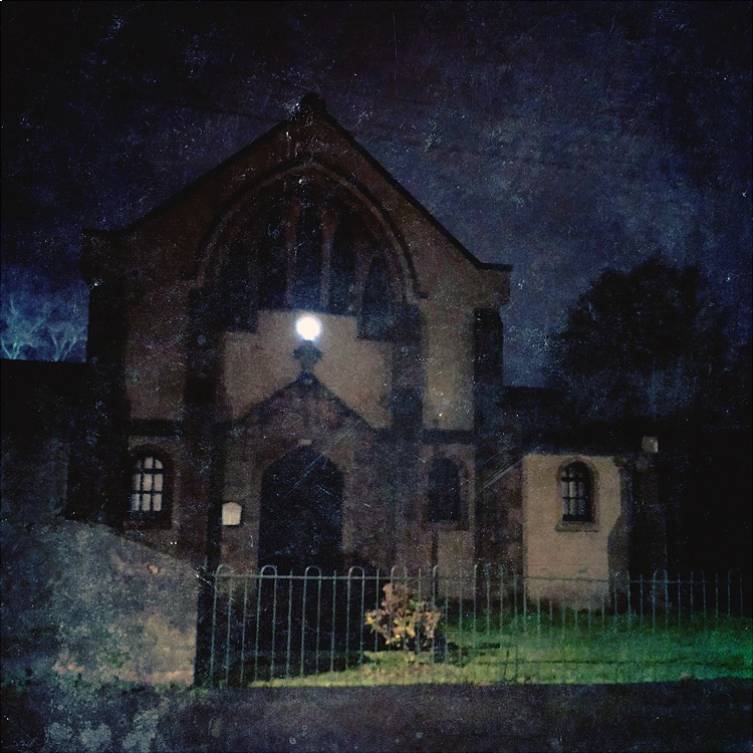
(Photo: Ray McClelland)
Everybody loves a good scare, and this Halloween, I aim to provide you with the ultimate soundtrack to your horrific shenanigans! Scary music appears in a number of places, so I’ll be gathering dark and ethereal sounds from movies, TV shows and videogames. I’ll also be checking out some horror-flecked bands and occult rockers for good measure, featuring songs that should be on every Halloween playlist. Step inside, I’ve been waiting for you…
Contents
Terrifying Video Game Soundtracks
Horror Movie Soundtracks
I’ll begin today with the cinema, where horror moved on from novels around a hundred years ago. Horror movies are nothing like as effective without their accompanying soundtrack score, and the following are some of the most effectively diabolical examples ever. Feel your blood curdle!
Halloween
I may as well begin with the movie famously named after the spooky season itself: Halloween, the 1978 slasher by John Carpenter. Ignoring the multitude of watered down sequels, the original movie still proves to be a masterclass in suspense, with wonky-brained psychopath Michael Myers embarking on a silent rampage throughout his hometown of Haddonfield, Illinois on Halloween night.
Director John Carpenter also served as the movie’s composer (something he’s equally famous for these days), and his sparse piano and Moog synth score uses the uneasiness of a 5/4 time signature coupled with off-key chromaticism to deliver one of the most genuinely iconic horror scores ever.
The Shining
Stephen King didn’t like it but everyone else reckons that Stanley Kubrick’s adaptation of The Shining is one of the world’s best scare-fests.
Everything about The Shining is creepy, so it’s not as if the score has to carry the horror, but it certainly doesn’t drop the ball either.
Wendy Carlos’ electronic renditions of Berlioz’s funeral dirge from Symphonie Fantastique is one of those bold ‘riffs’ that you never forget: it’s just so effective at evoking the widescreen horror that slowly creeps up on the main characters. You probably also picture Jack Nicholson’s madcap grin too, or the vast, silent corridors of the Overlook hotel. Icy terror, and then some.
The Omen
You know something has entered into the consciousness of culture when parodies start being made about it. So it is with the soundtrack to The Omen, with its unsettling Satanic choir, who shriek ominously in the background whilst Gregory Peck battles the Antichrist himself.
It’s stirring stuff from Jerry Goldsmith, an acknowledged master of film scores. South Park famously lampooned the music, but the power remains undiminished.
Bram Stoker’s Dracula
Francis Ford Coppola’s take on the OG vampire story is lush, romantic and diabolic in equal measure. The accompanying score, by Polish composer Wojciech Kilar, is a spellbinding mix of strident strings, horrifying crescendos and laudanum-laced mood pieces. It’s as evocative as it is dramatic, and perfectly matches the OTT grandeur of the movie.
Subtle? Maybe not, but in the words of Lost Boys director Joel Schumacher: ‘People don’t pay for under-the-top’. Well said! This has everything that a horror movie score needs, and then some.
Nosferatu the Vampyre
I’ve opted not for the original F W Murnau Nosferatu here (which was silent and so has had many different soundtracks over the years) but for Werner Herzog’s sinister 1970s remake.
This Nosferatu is a dark, bleak adaptation of the Dracula legend, with a fantastically spectral score by rockers Popol Vuh.
Later scenes in the movie were sampled by Kate Bush for her Hounds of Love album, but the very first piece of music - Bruder des Schattens - is hauntingly atmospheric, to the point of being claustrophobically oppressive. Could it be partly due to Herzog’s filming of actual mummified bodies during the opening sequence that adds some grim realness?
Eyes Wide Shut
Most people who’ve yet to watch Eyes Wide Shut don’t realise that it’s a slow burning horror movie. A not-so-subtle mood of threat that permeates the entire movie meets its zenith during the infamous ‘masked ball’ scene, as Tom Cruise’s feckless Doctor Bill unwittingly finds himself in a very sinister (not to mention dangerous) predicament with New York’s powerful elite.
The run up to this scene includes a piece of music that has since become somewhat notorious. Named ‘Masked Ball’ (originally called Backwards Monks), the piece by Jocelyn Pook focuses on a reversed sample of a Latin Mass, which repeats over a sequence of minor key orchestral chords. The very act of turning a piece of religious music backwards - ‘inverting the message’, as it were - could be perceived as satanic. It’s certainly effective!
Creepy TV
It’s not just movies that provide this level of spooky entertainment, either: TV shows are more than capable of scaring the wits out of you, as evidenced by these nefarious choices…
Chilling Adventures of Sabrina
This latest take on teenage witch Sabrina’s antics around Salem, Massachusetts has proven a big hit over on Netflix. Part coming-of-age drama and (a big) part supernatural horror drama, Sabrina keeps things permanently Halloween-like, whilst still having space to fit in a sense of humour. The series was initially a comic, before a 1990s TV show brought the character into the mainstream.
The score, by Adam Taylor, manages to achieve the deft trick of staying dark whilst allowing quirky, whimsical elements to coincide. Not easy!
Wednesday
Hot on the heels of Sabrina’s success, Hollywood goth Tim Burton has delivered his own heavily Halloween-scented TV show for Netflix. Based on The Addams Family but deftly sidelining the other family members to focus on Wednesday, the show’s ‘comfortably scary’ tone proved a massive success.
Best of all, Burton’s regular composer Danny Elfman (Batman, Edward Scissorhands, Sleepy Hollow etc) was also on board to provide the theme tune and to collaborate on the score!
Folk Horror
Turning away from television to a more culture-led section, let’s spend some time right here in the UK. The British Isles have their own peculiar take on home-grown horror, one that has twisted roots and mist-covered ley lines as far as the eye can see.
We call it Folk Horror, and it’s a potent brew of witchiness, folklore, mediaeval earthiness and the pure dread of olde-worlde horror. It all started off (in contemporary terms of course) with The Wicker Man, a 1972 horror movie unlike any before. The Wicker Man brought its fear-factor out slowly, and accompanied it with some of the most beautiful folk songs these isles have seen.
The genre has somewhat crossed into other strands of left-of-centre music, too, which often contains occult elements or connections. One such band is the wonderful Current 93, from a London scene that included at one time Throbbing Gristle, Coil and others. All were interested in Aleister Crowley, pre-war British literature/culture, and a curious sense of the fictional ‘Albion’ that only ever really existed in the imagination.
One particular Current 93 record, Island, was a collaboration with Icelandic composer Hilmar Orn Hilmarsson, himself an ordained chief of the Norse pagan Ásatrú Association. Their work together is particularly otherworldly, with directly horror-inspired overtones and eeriness.
Folk Horror is a whole subject in itself, but we have to move on, because it’s time to rock!
Horror-Inspired Rock
Rock music and horror go hand in hand like black cats and broomsticks. They say the devil has the best tunes, and judging by these horror rock songs, ‘they’ may just be right! From the moment Ozzy Osborne sang (shrieked?) about a malevolent being staring at him from the foot of his bed, horror had entered the rock world in a brilliantly obvious way. After that, anyone coming afterwards had to take things further…
Alice Cooper
The original shock-rocker, big Vince Furnier, has been cackling and having his head chopped off longer than any other mainstream rock star. Alice Cooper’s stage show blended rock music with theatrics in a way that was perhaps even more influential than his awesome music.
Blue Oyster Cult
Hardly terrifying in and of themselves, classic rockers Blue Oyster Cult instead penned one of the most timeless supernatural rock songs in history.
Indeed, so seminal is their wistfully hard-rockin’ Don’t Fear the Reaper, it appeared in Halloween (the girls have it on the radio as they drive through Haddonfield) and a cover version appears in Scream. It’s a great song any way you want to spin it, but the lyrical connection to the figure of Death puts this tune firmly into the horror world for us.
Misfits
Muscular punks with their faces painted like ghouls, the Misfits are dedicated to the imagery of horror like few other bands. Even their songs - which are clear metaphors for broken hearts and unsteady relationships - have names like Die Die My Darling and Hunting Humans.
Whether you are a Danzig-era fan or a Michale Graves aficionado, the Misfits are a gruesome gift for all.
The Cramps
The superbly singular Cramps are one of those bands who cross many stylistic boundaries simply by being themselves. Vocalist Lux Interior was basically a mix between a skinny Elvis and Dracula, whilst guitarist Poison Ivy was easily the most badass Gretsch-slinger of all time.
How many bands do you know who actually played a gig at an asylum? For the patients? And also filmed it?
Fun fact: some of Dracula’s screams in Bram Stoker’s Dracula (see earlier) were not Gary Oldman’s voice but in fact Lux Interior! Further proof that he was, in fact, an undead Prince of Darkness.
Rob Zombie
With the surname of ‘Zombie’ (real name Robert Bartleh Cummings), this is a guy who is quite unlikely to be a country & western star. Zombie’s initial foray into music was with the outstanding White Zombie, and his solo career more or less followed on from where they left off.
Not just a musician, Rob Zombie is also well known as a horror movie director, making a series of his own slasher flicks as well as helming a pair of movies for the never-ending Halloween franchise.
For his main job, though, Zombie loves chunky riffs, endless horror references and even direct samples of dialogue from classic scare movies to blend into his ghoulish party music.
Ghost
Dressed like a big-budget Black Metal band but sounding more like a heavy Abba, Sweden’s Ghost (Ghost B.C. in the USA) are spooky stadium-fillers with tunes as huge as their image.
No members show their faces (ever), and frontman Tobias Forge uses various incarnations of his demented character, Cardinal Copia, as a surrogate persona for performing.
Ghost have taken the theatrics to a high level, but they’ve never forgotten that it all means nothing without epic tunes, and they have plenty of those.
Opeth
Another Swedish band, Opeth don’t go in for the makeup and uniforms, but instead weave grand, labyrinthine epics that bathe you in beauty before overwhelming you with enormous waves of sonic doom.
Originally a Death metal band, Opeth have diversified and expanded their (hardly straightforward to begin with) sound to the point where, after 30 years, they are now considered one of the most significant progressive bands in the world. With song names like ‘Demon of the Fall’ and ‘The Grand Conjuration’, you can be sure that these guys know their Dark Arts backwards. Is Fredrik Akesson the most underrated player in today’s metal scene?
Occult Metal
Those bands we just looked at all play with the imagery of the occult; they all appreciate and use the tropes of the supernatural and horrific, but other bands have gone further down that malign path. Whilst this is still showbusiness, some artists require themselves to fully walk the walk, and that can lead to all manner of unusual occurrences…
Led Zeppelin
Led Zep are probably the most famous ‘occult’ band out there. Well, I say ‘band’, but I’m really pointing my skeletal fingers at guitarist Jimmy Page, a man known to be as much mystical magician as musical maestro.
How so? Well, he bought Aleister Crowley’s house up near Loch Ness, a building so absurdly haunted that literally nobody can get a solid night’s sleep there. He also bought an occult bookshop in London, Equinox, which was also a publisher of esoteric and occult texts.
There was a sort of fashion in the 1970s for such interests, but Page was evidently deep into the dark stuff! Practising black magic? Good career move, but at what cost?
Behemoth
Jimmy Page may have read about the devil and lived in Crowly’s Loch Ness mansion, but Adam ‘Nergal’ Darski from Polish death metallers Behemoth is an open and committed real-life Satanist!
Indeed, nobody can say he doesn’t ‘walk the walk’, as Nergal has been in almost constant trouble with Polish authorities due to bible-burning antics, committing apostasy and generally fuelling the fires of dissent from an extremely alternative point of view.
His band, whilst possibly not Satanists themselves, certainly summon the hellfire through their performances. ‘Intense’ is not the word! They’ve also used Crowley (an influential figure, for sure) rituals to form the basis for a song, too (Bartzabel). Edgy? Absolutely.
Black Metal
Rather than single out a particular band (though it would doubtless be Mayhem), I’ve elected to mention this scene as a whole. Why? Well, how many other musical scenes took it upon themselves to burn several churches in the name of satan? How many inter-band rivalries ended up in brutal murder? Without sounding too flippant, how many musicians nicknamed themselves ‘Dead’ and routinely covered themselves in dirt to simulate a grave, before committing suicide by shotgun?
It’s an intense vibe, for sure, but that’s what made the early 90s Black Metal scene in Scandinavia so unforgettable. Yes, there was the nicknames (Euronymous, Dead, Count Grishnackh etc) and the ‘corpse paint’ (face paint that was kind of like a meaner KISS), and there was certainly a ‘sound’ (hissed/shrieked vocals, scuzzy guitars, intentionally lo-fi production), but it’s the extracurricular antics of these angry young scandies that has left the indelible mark on culture.
Terrifying Video Game Soundtracks
Video Games may well be the media format that provides the most visceral, actual scares compared to any other genre. Could it be to do with your responsibility for the main character, and the fact that it’s your fault if something terrible happens to them? I’m not certain, but horror certainly belongs in video games. Who can honestly say they got through all of Alien Isolation without having an anxiety attack?
Anyway, equally horrific are the accompanying soundtracks, and for a few different reasons…
Bloodborne
This fearsome adventure title packs in the dark atmosphere, not to mention a rich vein of lore that fans can’t get enough of. It’s a long, captivating story you play through, drenched in blood, and has more than a few heart-stopping boss battles.
The incredible score - by turns grandiose and malevolent - was actually the work of several composers, and recorded at the famous AIR studios in London with a full orchestra and choir.
This extra level of dedication and ambition really paid off: it’s an incredible achievement, and one of those scores that you can enjoy even if you haven’t played the game.
Silent Hill 2
Notorious throughout the worldwide gaming community for its fiendishly manipulative mind games and pervasively dark atmosphere, Silent Hill 2 still stands as one of the most influential video games in the genre.
Five endings are available, and the player’s behaviour throughout the game - from not healing your character too quickly to not listening to enough of another character’s speech - will all affect which ending you get. It’s a dark story, whichever way it ends for you, and the game-changing soundtrack from Akira Yamaoka takes the best elements from industrial, ambient and grunge music, and combines them with paranoid synths and Hellraiser-levels of dread.
I’m still waiting for the remake!
Pokemon
Lavender Town. Pokemon fans will know exactly what I’m on about here from those two words alone. Talk about urban mythology? I don’t personally know anybody who has died from listening to the curiously ‘off’ chiptune theme to this destination in the Pokemon games, but there’s a whole rabbit hole of info online, if you feel like tumbling down it!
‘Lavender Town Syndrome’, where players have seizures and worse, is just part of it. Reports of hundreds of children committing suicide after hearing the Lavender Town theme are rife online, as are conspiracy theories about Nintendo working with the Japanese government.
Whatever you think of the stories, think carefully before you decide to play the video below! Guitarguitar takes no responsibility for the ruin of your mental or physical capacities after being subjected to the Lavender Town Theme!
Enjoy Spooky Season
I hope you’ve enjoyed my merry skip through the graveyard that is Halloween music. There are loads more examples that I could’ve had in here (where was the Tubular Bells, for example? Unforgivable!), but I wanted to cover a lot of ground, and space (and time) are finite things…in this mortal life, at least!
If you are having your own scary Halloween party this year, let this blog assist your soundtrack duties! Otherwise, shut the curtains, find a comfortable chair, turn out the lights and just luxuriate in the dark beauty of Halloween music. Mwa-hahahahaha!
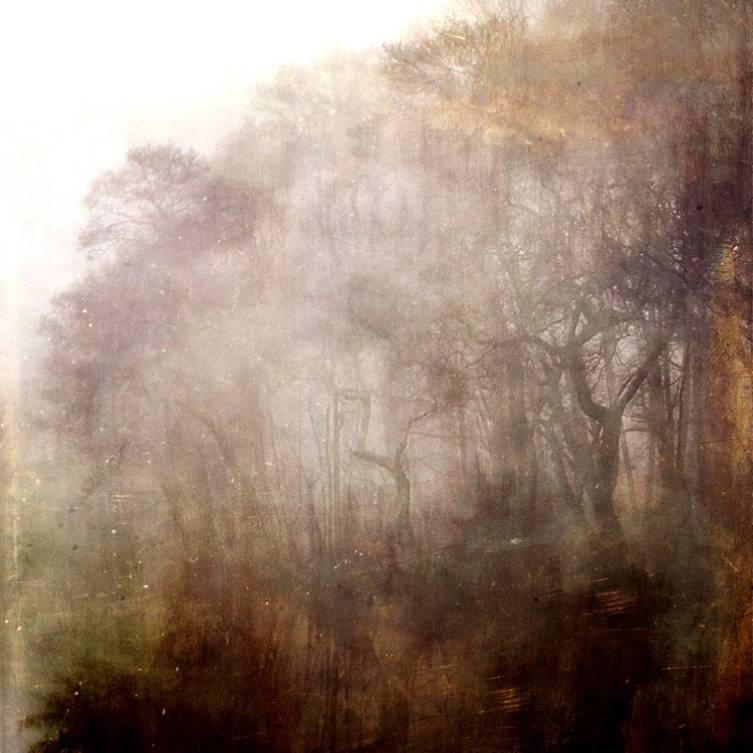
(Photo: Ray McClelland)




